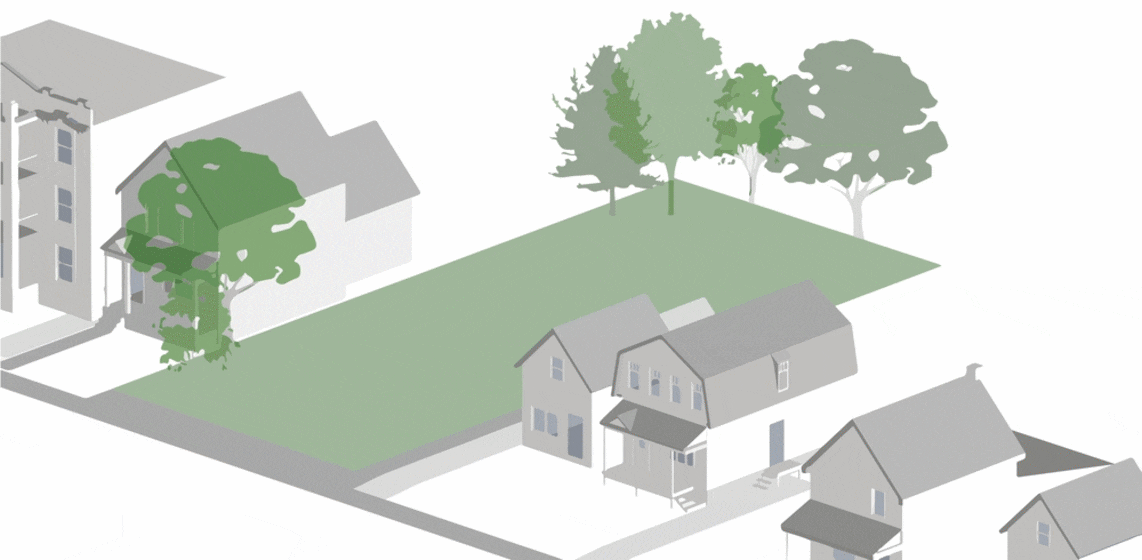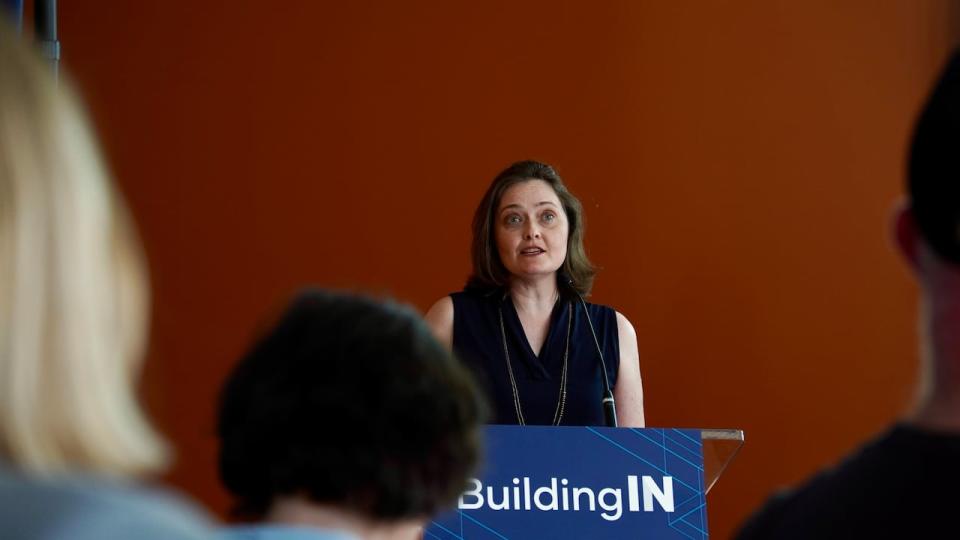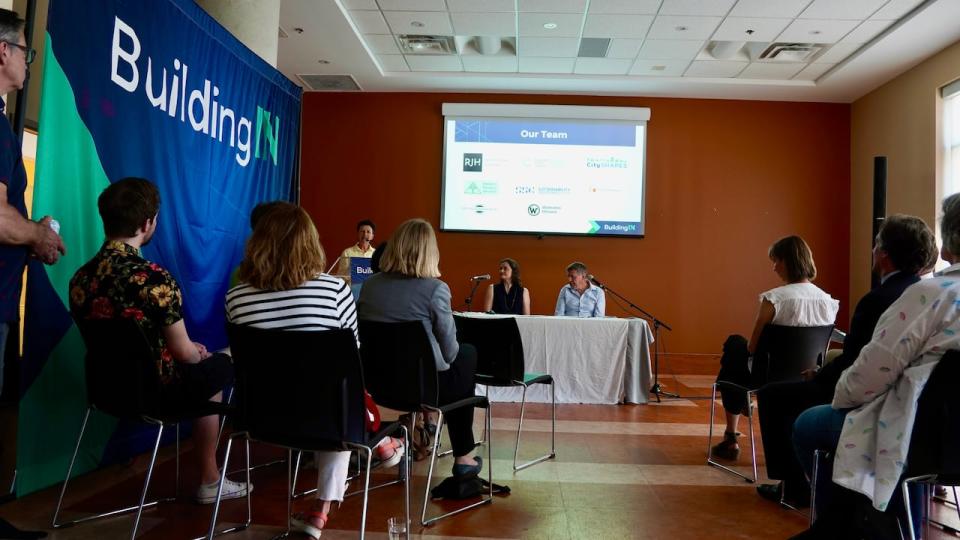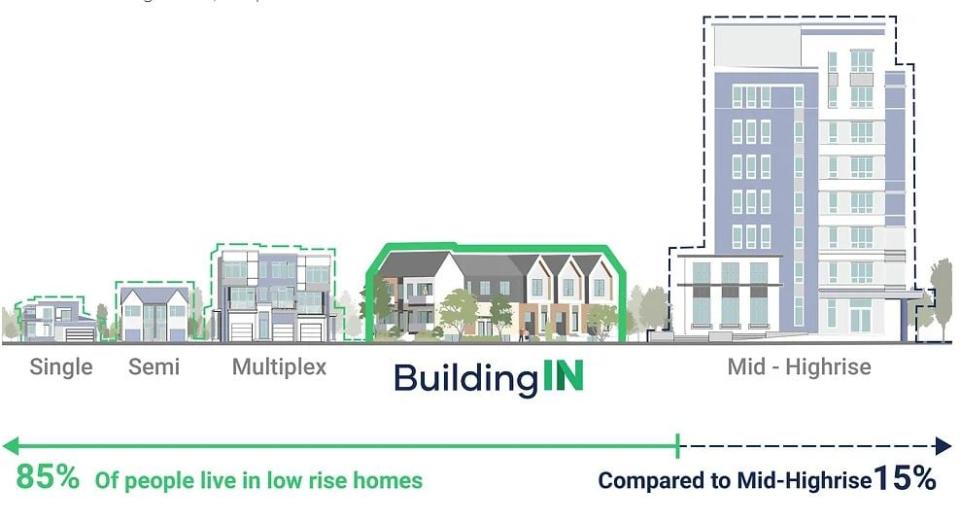Could pre-fab infill be the key for cities looking to unlock housing funds?

A group of housing experts in Ottawa is pitching a plan to help cities speed up residential construction by creating lowrise homes where infrastructure already exists — a potential solution they say is cheaper than building out in the suburbs, and easier than raising residential towers.
The BuildingIN program is two-fold: It includes a new simulation tool to test the potential impact of infill on neighbourhoods, and a catalogue of pre-fabricated lowrise designs ready to slot into mature areas.
Planners, researchers and community leaders believe that one-two punch will help cities reach construction targets that are now far out of reach.
"We need new approaches to housing that get us from where we are now to a really dramatic increase in supply," said Rosaline Hill, the architect, planner and development consultant who's leading the program.
"We're not looking for fine tuning or minor improvements. We need a really significant change."
Cities including Ottawa have looked to the federal and provincial governments for help to address the housing crisis, but securing funding means meeting targets that are sometimes more "aspirational" than grounded in fact.

Rosaline Hill, an architect, planner and development consultant, is making the case for BuildingIN, a project that aims to see infill housing built faster and on a larger scale. (Patrick Louiseize/CBC)
Breaking the code
Former Ottawa city councillor Catherine McKenney's national non-profit group CitySHAPES is part of the coalition of experts backing the project. They hope it can help alleviate financial pressures facing municipalities struggling to pay for infrastructure in new housing developments.
"Cities are strapped for cash. I can attest to that," McKenney said at the official launch of BuildingIN on Monday. "Continuing to pay to service new neighbourhoods farther and farther away from their core is just simply not sustainable."

Former Ottawa city councillor Catherine McKenney presents at the official launch of BuildingIN with program director Rosaline Hill and housing policy researcher Steve Pomeroy. (Patrick Louiseize/CBC)
The federal government attempted to make infill projects easier by including automatic approvals for four residential units on a single lot, a requirement for receiving housing accelerator funding.
BuildingIN takes that one step further, with permit-ready projects of up to nine units.
Cities that sign up for the program would be able to customize their catalogue of pre-fabricated lowrise building designs with what works for them, and use the simulator program to plan out where growth makes sense.

The BuildingIN team says their designs provide more density than most custom built infill, and fit more comfortably into existing neighbourhoods than highrise buildings. (BuildingIN)
Affordable to builders, affordable to cities
The program has already drawn the attention of the Canada Mortgage and Housing Corporation, which has so far awarded it $1 million in seed money.
Now a semi-finalist in the Housing Supply Challenge, BuildingIN stands to receive millions more if it breaks either the top 10 or the top three.
For now, it's focused on getting cities to sign on.
Its pitch to these potential clients is simple: pay for a program that will help speed up new housing projects, and reach the growth targets you need to unlock substantial federal and provincial funding.
"We've got a lot of willing municipalities that are very, very interested in, how can we actually get to our target?" said Steve Pomeroy, a housing policy researcher. "I think the timing is just right."


